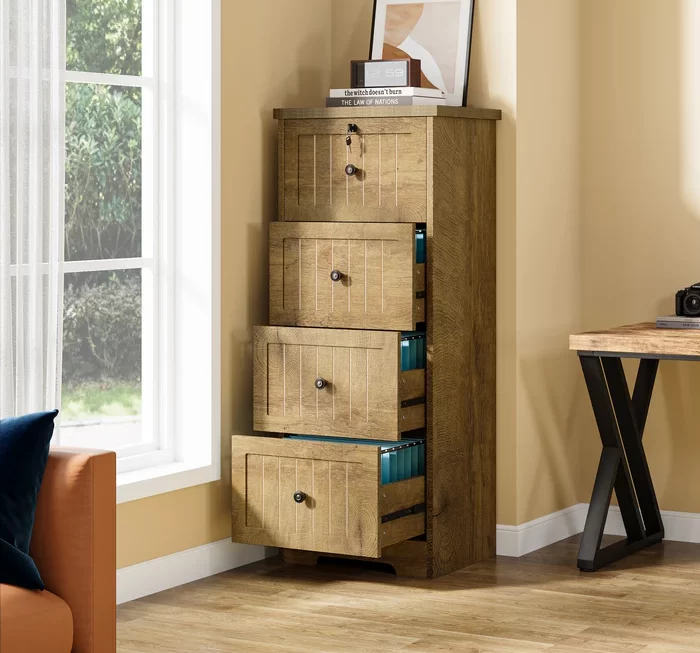 Introduction:
Introduction:
Dealing with an office chair that keeps sinking down can be frustrating and disrupt productivity. Understanding the causes and solutions for this issue is essential for maintaining a comfortable and ergonomic working environment. In this comprehensive guide, we will explore various factors that can cause an office chair to keep going down and provide practical solutions to fix the problem. By following these steps, individuals can effectively resolve the issue of a sinking office chair and enjoy a stable and comfortable seating experience.
 Some common types of office chairs:
Some common types of office chairs:
There are various types of office chairs available, each designed to meet specific ergonomic needs and cater to different work environments. Here are some common types of office chairs:
Task Chairs:
Task chairs are the most basic and versatile type of office chair. They typically feature a simple design with adjustable features such as seat height, seat depth, and backrest tilt. Task chairs are suitable for a wide range of settings and activities, from computer work to general office tasks.
Executive Chairs:
Executive chairs are known for their high-back design and premium features. They often feature additional padding, ergonomic adjustments, and luxurious materials such as leather upholstery. Executive chairs are commonly used in executive offices or conference rooms, providing comfort and a professional appearance.
Ergonomic Chairs:
Ergonomic chairs are designed to promote good posture and provide optimal support to the user. They feature adjustable features such as lumbar support, armrests, seat depth, and headrests. These chairs aim to reduce the risk of musculoskeletal disorders and enhance comfort during long hours of sitting.
Conference Chairs:
Conference chairs are designed for use in meeting rooms or collaborative spaces. They typically have a simple and slim profile, with features like armrests and a slight recline for comfort during shorter periods of sitting.
Guest or Visitor Chairs:
Guest or visitor chairs are designed for temporary seating in reception areas or for guests in offices. They are typically lightweight, portable, and may not have as many adjustable features as other office chairs.
Drafting Chairs:
Drafting chairs, also known as standing or tall chairs, are designed for use with high desks or workstations. They feature a taller seat height and a foot ring or footrest to support the feet while working at elevated surfaces.
Ball Chairs:
Ball chairs, also known as exercise or stability chairs, feature an exercise ball as the seating surface. They promote active sitting and engage the core muscles. Ball chairs are more common in home offices or wellness-focused work environments.
Kneeling Chairs:
Kneeling chairs have a unique design that encourages a more open hip angle and distributed body weight, relieving pressure on the lower back and promoting better posture. They feature a padded seat and a lower body support, allowing the user to kneel instead of sitting.
These are just a few examples of the types of office chairs available. It’s important to choose a chair that meets your specific needs, provides proper support, and promotes comfort to enhance productivity and well-being in the workplace.
 Several potential hazards and inconveniences:
Several potential hazards and inconveniences:
When an office chair keeps going down and fails to maintain its height adjustment, it can lead to several potential hazards and inconveniences:
Poor Posture: An unstable or constantly lowering chair can lead to poor posture as you struggle to maintain a comfortable sitting position. Slouching or hunching over due to a chair that keeps sinking can result in strain on the neck, back, and shoulders, leading to long-term discomfort and potential musculoskeletal issues.
Reduced Comfort and Productivity: Constantly adjusting and readjusting the chair’s height can be disruptive, affecting your concentration and productivity. The constant distraction of a sinking chair can hinder your ability to focus on your work, leading to decreased efficiency and performance.
Increased Risk of Accidents: A chair that unexpectedly sinks while you are sitting on it can pose a safety hazard. It may cause instability, making you more susceptible to falls or injurious accidents. This is particularly concerning, especially if you work in an environment where concentration is crucial, such as around machinery or equipment.
Disruption and Distraction: A chair that continuously sinks requires frequent readjustments, which can disrupt your workflow and interrupt your train of thought. Repeatedly having to fix the chair can be distracting and frustrating, affecting your overall work experience and potentially lowering your job satisfaction.
Inconsistent Ergonomics: Ergonomic adjustments of an office chair, such as seat height, are important for maintaining proper body alignment and reducing strain on the body. A chair that keeps sinking eliminates the ability to consistently set the chair at the appropriate height for your comfort and support, potentially compromising the ergonomic benefits it is intended to provide.
It is crucial to address a sinking office chair promptly to prevent these hazards and ensure a safe and comfortable working environment. Consider reaching out to office maintenance or purchasing a new chair if the problem cannot be rectified through repairs. Prioritizing a stable and adjustable chair will contribute to better posture, productivity, and overall well-being in the workplace.
 Adjusting the Height Mechanism
Adjusting the Height Mechanism
Locate the Height Adjustment Lever:
Identify the lever or control beneath the seat of the office chair that is responsible for adjusting the chair’s height.
Adjust the Height:
While seated in the chair, activate the height adjustment lever by pushing or pulling it.
Raise the chair to your desired height and release the lever to secure it in place.
Test and Repeat:
Sit in the chair and test if it remains fixed at the desired height.
If the chair continues to sink, repeat the process to adjust the height mechanism and ensure it is firmly locked.
Examining the Gas Cylinder
Identify the Gas Cylinder:
The gas cylinder is the component responsible for controlling the chair’s height adjustment.
It is located between the seat pan and the base of the chair.
Inspect for Leakage:
Check the gas cylinder for any signs of leakage, such as oil or gas seeping out.
A leaking gas cylinder is a common cause of a sinking office chair.
Replacing the Gas Cylinder:
If the gas cylinder is leaking or damaged, it may need to be replaced.
Contact the chair manufacturer or a reputable office chair supplier to obtain a compatible replacement gas cylinder.
Follow the manufacturer’s instructions to safely remove the old cylinder and install the new one.
Repairing the Seat Mechanism
Identify Loose or Worn Parts:
Examine the seat mechanism for any loose or worn-out components.
Pay attention to screws, bolts, and nuts that may need tightening or replacing.
Tighten Loose Components:
Using appropriate tools, tighten any loose screws, bolts, or nuts that may be causing the sinking issue.
Ensure all parts are securely fastened to provide stability.
Replace Worn Components:
If any parts are worn-out or damaged, they may need to be replaced.
Contact the chair manufacturer or a professional office chair repair service for suitable replacement components.
Seeking Professional Assistance
Chair Repair Services:
If the sinking issue persists or is not easily resolved, consider contacting a professional chair repair service.
They have the expertise to diagnose and repair complex chair mechanisms.
Manufacturer’s Support:
Reach out to the chair manufacturer’s customer support for assistance with warranty claims or additional troubleshooting steps.
They can provide guidance on how to fix the sinking issue or offer replacement options if necessary.
 Conclusion:
Conclusion:
Dealing with an office chair that keeps going down can be frustrating and affect work productivity. By understanding the causes and solutions outlined in this comprehensive guide, individuals can effectively resolve the sinking issue and enjoy a stable and comfortable seating experience. Whether through adjusting the height mechanism, examining the gas cylinder, repairing the seat mechanism, or seeking professional assistance, it is important to prioritize comfort and maintain proper posture. Embrace the knowledge shared in this guide to successfully fix an office chair that keeps going down and create an ideal working environment.



